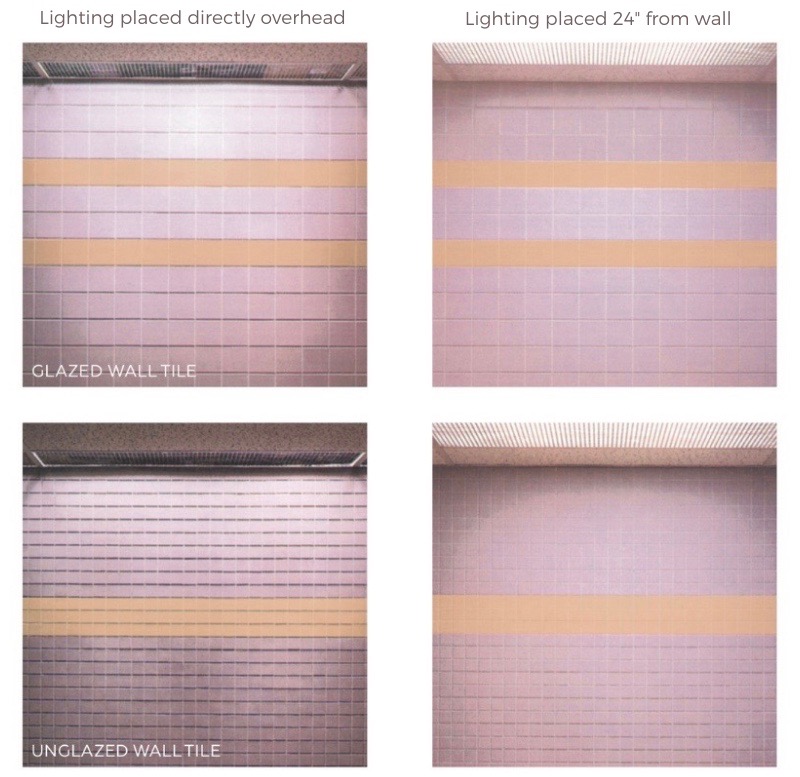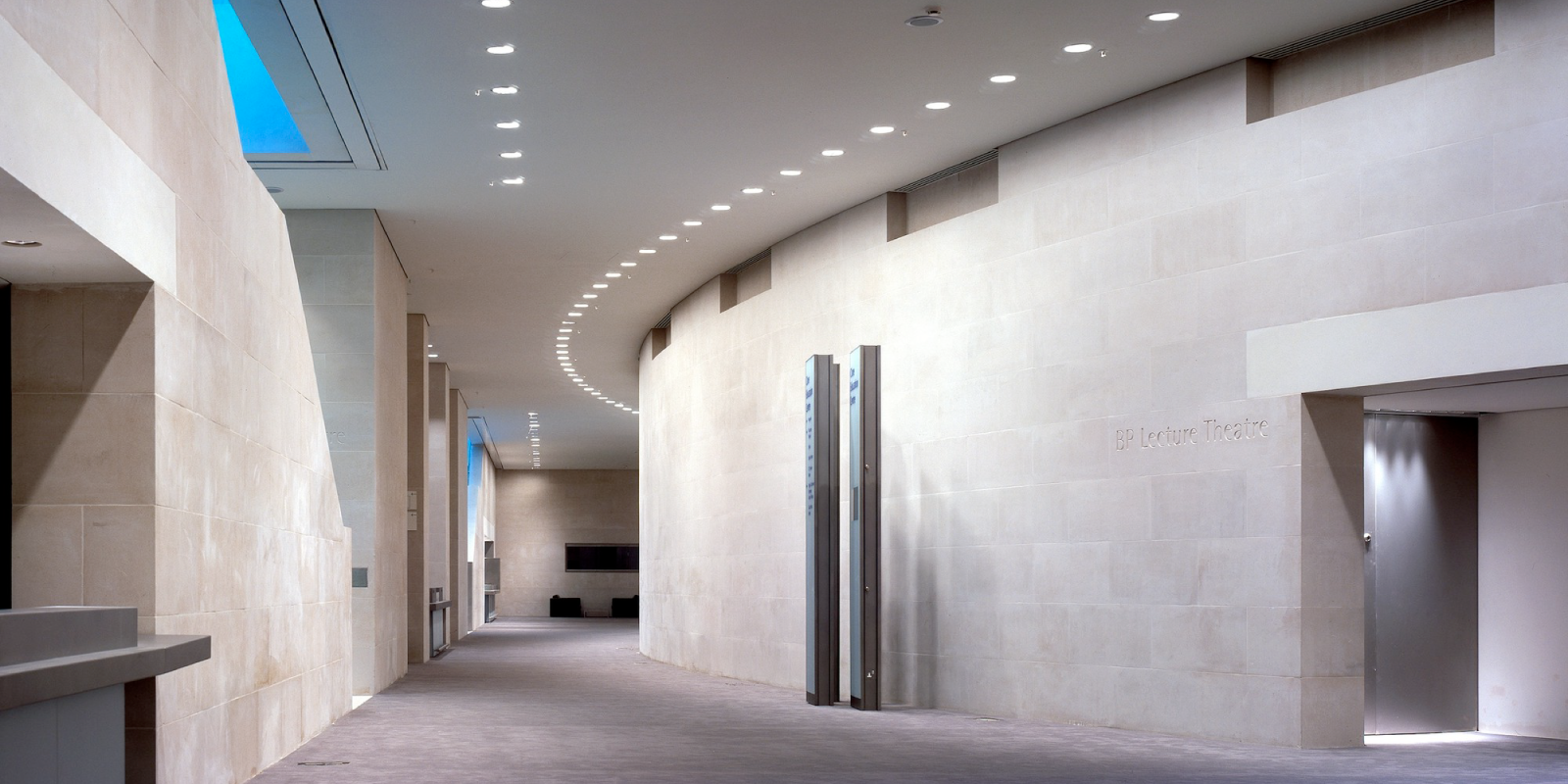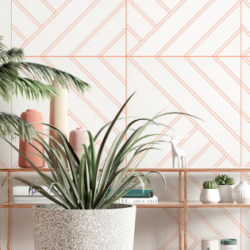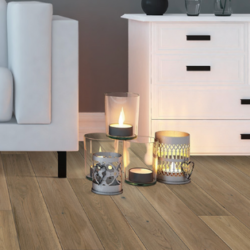“Light is the magical ingredient that makes or breaks a space.”
-Benjamin Noriega-Ortiz
Every iconic figure has a sidekick. Starsky had Hutch, Batman had Robin, and Han Solo had Chewbacca. Without the backup to balance things out, these household names wouldn’t be the same. Okay, so what does Chewbacca have to do with tile? We’re getting to that part. In the same vein as heroes having sidekicks, interior design functions in a similar way. For one particular solution, there is always a supporting element that helps highlight or balance the main event.
Perhaps one of the most crucial partnerships to understand is the one between tile and lighting design. When paired improperly, an entire space can suffer less-than-desired effects.
Lighting, like design, is something that most naked eyes don’t even recognize. It has been said that good design is obvious, but great design is transparent. Great design makes you feel like everything is exactly as it should be, without manual effort. It’s natural, organic- not man-made.
The first step in defining a project’s lighting design is outlining the goal and function of the space. Figuring out the desired ambiance is the key to properly taking the next steps. Truth is, with great lighting design it comes down to thoughtful placement.
After the goal of a space is outlined, you can move forward to actionable solutions through the following tips.
Common problems with lighting design
One of the most common things we see with lighting design errors is that lighting is installed too close to a tile wall. This harsh light can highlight imperfections and cast unwanted shadows. Natural light coming in through windows or doors can also create undesirable shadows on a tile wall.
How to prevent lighting disasters
In a nutshell, placement is everything. Locating lighting at least 24 inches from a tile wall can drastically improve the appearance. Another tip is to make sure the fixture is in the middle of the room so that the light can be evenly dispersed. Be sure that ANSI standards are met in order to reduce even more imperfect lighting.
What to consider for successful lighting and tile
Make sure that the owner of the project and/or the architect are aware of these simple measures. If they are unfamiliar with this approach, use ANSI or TCNA standards to help them in their placement. Have permanent fixtures installed before the tile so that there’s more control over the lighting design as well as the end result.

“Lighting brings warmth and life into a room and can transform even the smallest of spaces.”
-Aerin Lauder
Let’s talk more about how your tile selections can be affected by lighting design. Get in touch with a surface ninja now.
Categorised in: Uncategorized
This post was written by Jennifer Horning







